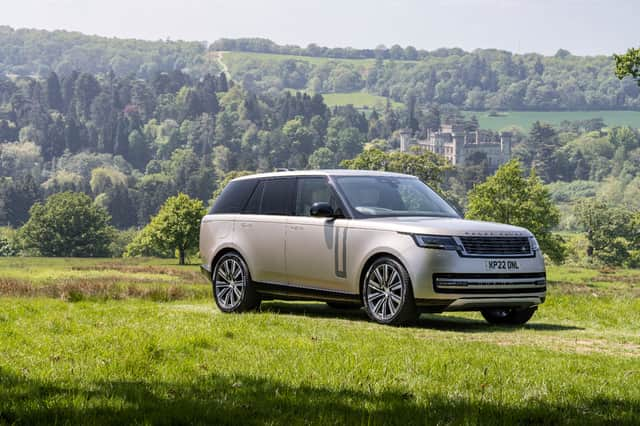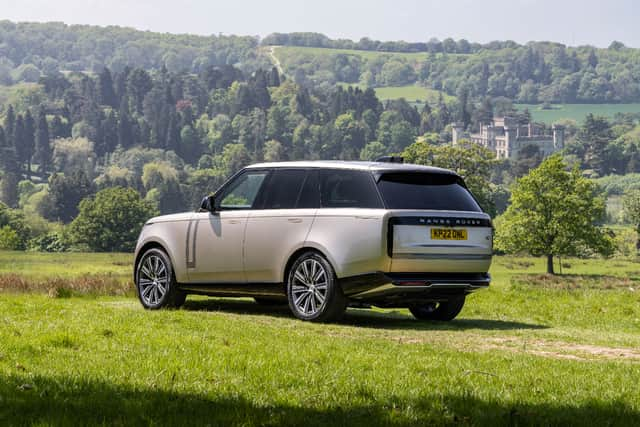2022 Range Rover review: Luxury SUV with performance, spec and price to blow away the competition


It’s not every day that a new Range Rover comes along. In fact, in the car’s 52-year history there have only been four previous generations, so 2022’s fifth-gen really is a big deal.
Since the Mk1’s launch in 1970, the Range Rover has evolved from a “posh Land Rover” with a hose-down interior to one of the world’s most recognised luxury cars. Everyone from royalty to rappers has been sucked in by its blend of on-road presence, off-road ability and sumptuous high-spec interiors.
Advertisement
Hide AdAdvertisement
Hide AdSo, this latest model is all about preserving that image and reputation while bringing the Range Rover fully into the 21st century with more modern looks, technology and powertrains.
Externally, that modernisation is all about reducing visual noise. So while the overall shape is instantly identifiable thanks to its upright profile, “floating” roof and upturned boat tail, the surfaces and lines are smoother and neater with less unnecessary embellishments.


The vents on the front wings are now better integrated with the body and the door handles are pop-out affairs to give a cleaner look on the road. All around the car the glazing is flush fitted, creating a flat and near seamless finish to the doors, and panel gaps have been halved k. At the front a new deeper and wider grille design sits beneath the clamshell bonnet and emphasises the car’s width. But it’s at the rear where the clearest difference comes in the shape of new slimline vertical LED tail lights that flank the traditional split tailgate and blend with the full-width bar that houses other “hidden-till-lit” function lights.
Like the exterior, the interior feels simpler and fresher than before. Even small touches such as moving the window and mirror switches down from the door top help give it a less cluttered feel. Two massive screens handle the information sharing but thanks to some neat design don’t feel domineering. The crisp 13.7-inch digital instrument display is a thin panel that appears to almost hang from the carefully sculpted binnacle while the 13.1-inch Pivi Pro touchscreen floats very slightly above the leather dash panel with a wafer-thin frame that reduces its visual weight.
